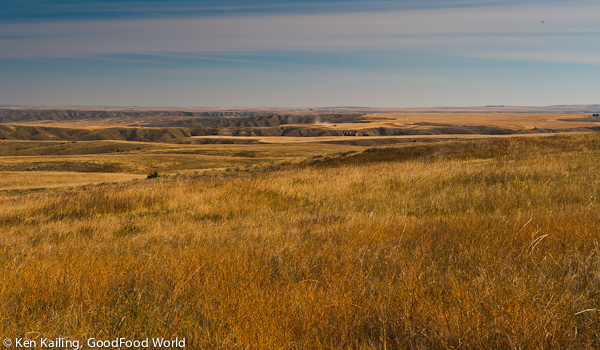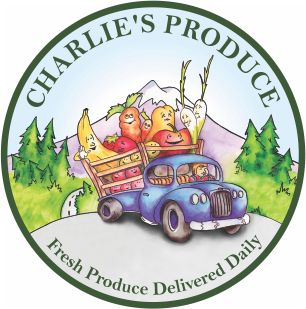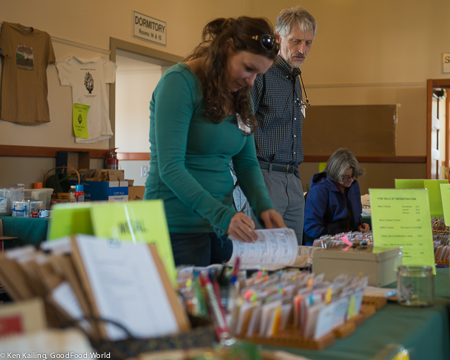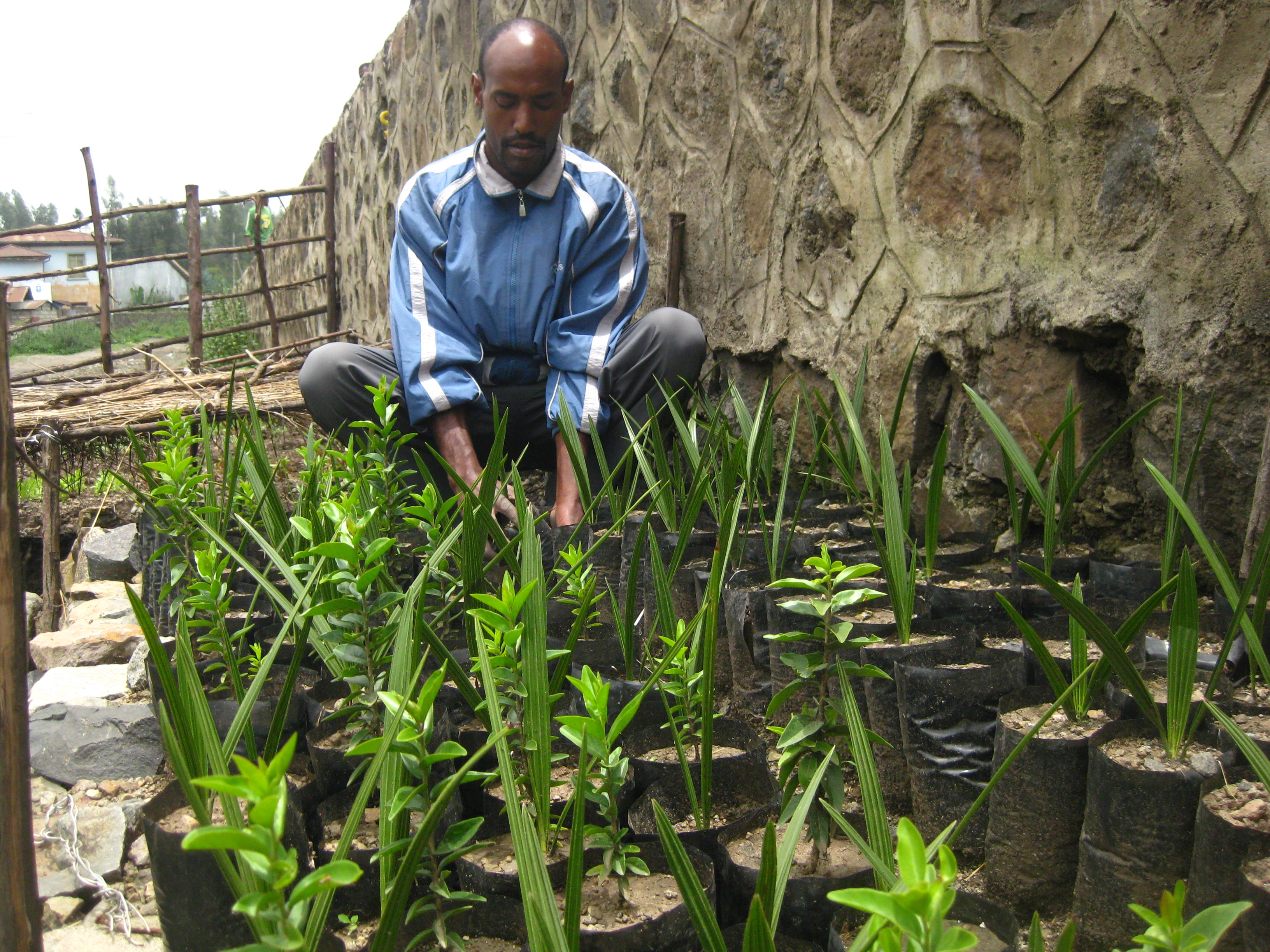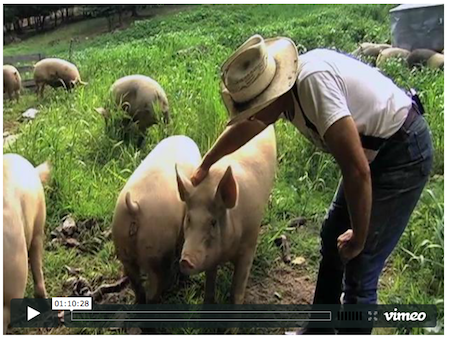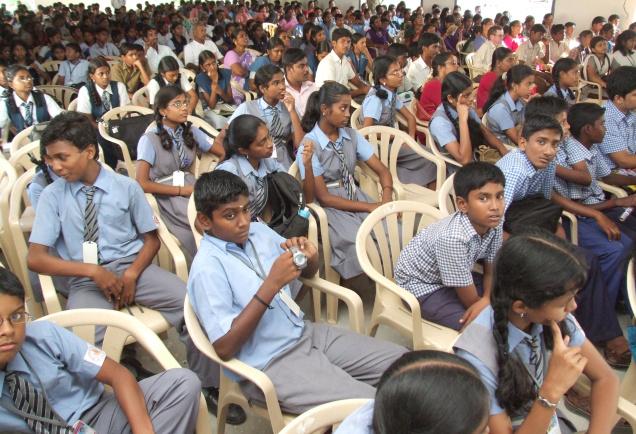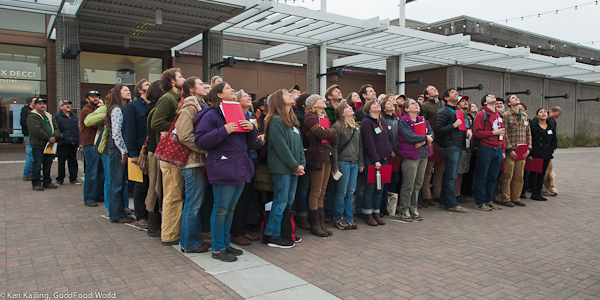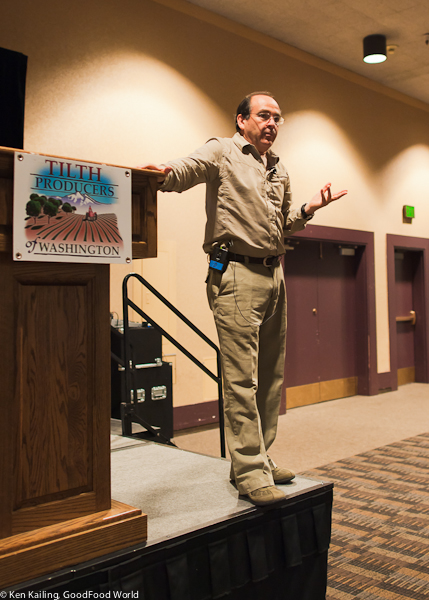Local Grains: Taking Back Our Wheat
Our “National Hymn,” America the Beautiful, opens with the image of endless skies over fields of ripe golden grain that reach to purple mountains on the horizon. Poet Katharine Lee Bates would probably be appalled to realize that she was eulogizing one of the worst examples of mono-cropping in existence – second only to the carpeting of Iowa with corn.

